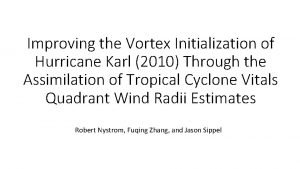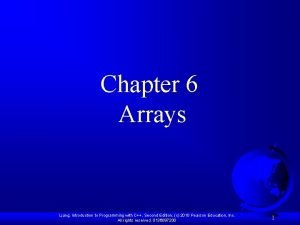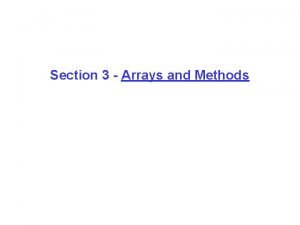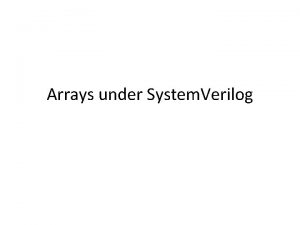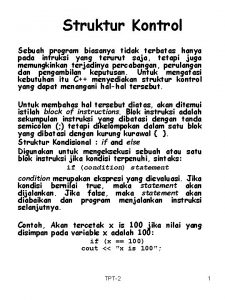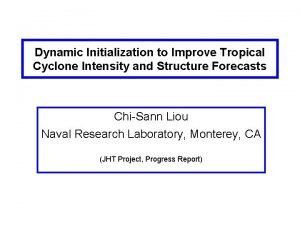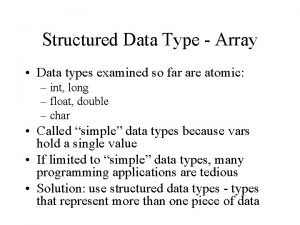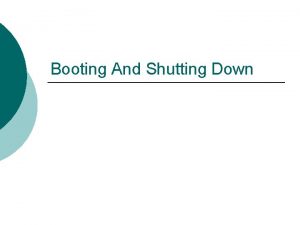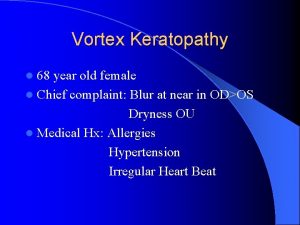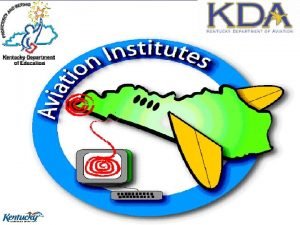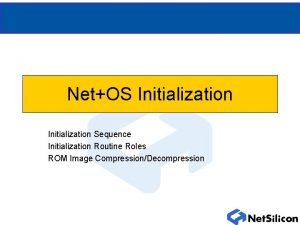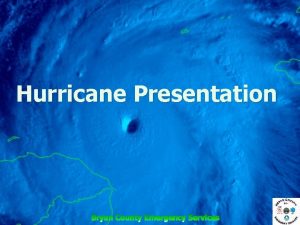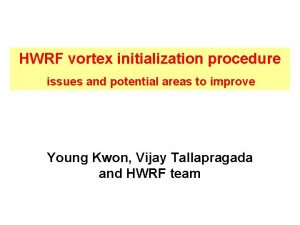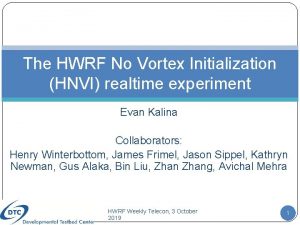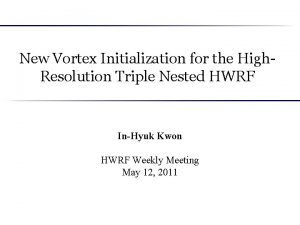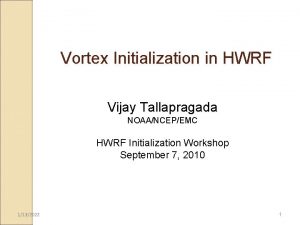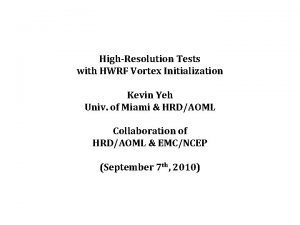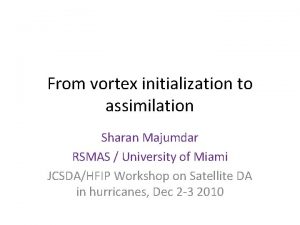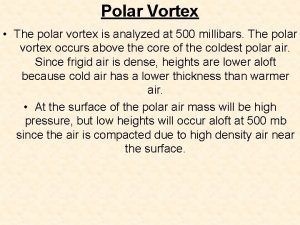Improving the Vortex Initialization of Hurricane Karl 2010














- Slides: 14

Improving the Vortex Initialization of Hurricane Karl (2010) Through the Assimilation of Tropical Cyclone Vitals Quadrant Wind Radii Estimates Robert Nystrom, Fuqing Zhang, and Jason Sippel

Hurricane Karl (2010) • Initially formed as a tropical depression 12 z September 14 th, 2010 • Became a tropical storm 18 z on the 14 th • Made landfall on the Yucatan Peninsula shortly after 12 z on the 15 th • Emerged in the bay of Campeche and rapidly intensified into a category 3 hurricane before making landfall in Veracruz ~17 z on the 17 th From Tropical Cyclone Report Hurricane Karl

TC Vitals Quadrant Wind Radii Estimates • Estimated radii of the RMW and the 34/50/64 knot winds are contained in TCVitals for each quadrant of the storm when available. • Contains information on the possible asymmetric wind structure of the storm • Large errors! 34 kt wind radii 50 kt wind radii 64 kt wind radii

Creation of Synthetic Wind Observations • Hourly synthetic wind observations created by linearly interpolating between 6 hourly TCvitals data • Also interpolated to cardinal direction (maximum of 8 observations per wind speed) • Winds speeds estimated above the PBL so that they can be assumed approximately tangential • 1500 and 3000 m • ROI calculated as a function of radius • Increases with increasing radius Franklin et al. 2003

Experimental Set-up • 3 two-way nested domains of 27, 9, and 3 km respectively • 60 member ensemble • Forecast initialized 12 z on the 16 th • 7 hour spin-up time from 12 z to 19 z • Airborne radar data assimilated at 19, 20 and 21 z • HPI or HPI and TCwinds then assimilated hourly beginning at 22 z 16 th until 12 z 17 th • Alpha = 0. 8

No. DA Simulation: 12 z 16 th 12 z 17 th 19 z 16 th 20 z 16 th 21 z 16 th Airborne HPI Simulation: 12 z 16 th 23 z 16 th HPI 12 z 17 th HPI 22 z 16 th 23 z 16 th HPI + 19 z 16 th 20 z 16 th 21 z 16 th Airborne TCwinds 12 z 17 th HPI + TCwinds 19 z 16 th 20 z 16 th 21 z 16 th Airborne 22 z 16 th HPI + TCwinds Simulation: 12 z 16 th

HPI HPI+TCwinds

HPI HPI+TCwinds

HPI HPI+TCwinds

6 z 17 th HPI+TCwinds

6 z 17 th HPI+TCwinds

12 z 17 th HPI+TCwinds

12 z 17 th HPI+TCwinds

Conclusions and Next Steps • Some benefit to assimilating quadrant wind radii estimates • Investigate 3 hourly assimilation of quadrant wind radii estimates. • Examine impacts on forecasts and impacts of TCwinds with other observations included • Examine better localisation methods and future reduced observation error of TC quadrant wind radii estimates
 Hurricane karl 2010
Hurricane karl 2010 C++ struct partial initialization
C++ struct partial initialization Initialize multidimensional array c#
Initialize multidimensional array c# Systemverilog multidimensional array initialization
Systemverilog multidimensional array initialization Initialization dan increase pada penggunaan for bersifat
Initialization dan increase pada penggunaan for bersifat Initialize array matlab
Initialize array matlab Ymir character initialization
Ymir character initialization Initialization
Initialization An array is an example of a structured data type
An array is an example of a structured data type Bios initialization
Bios initialization C++ string initialization
C++ string initialization Descartes vortex theory
Descartes vortex theory Vortex keratopathy drugs
Vortex keratopathy drugs Wingtip vortex
Wingtip vortex What is vortex flow in a torque converter
What is vortex flow in a torque converter
